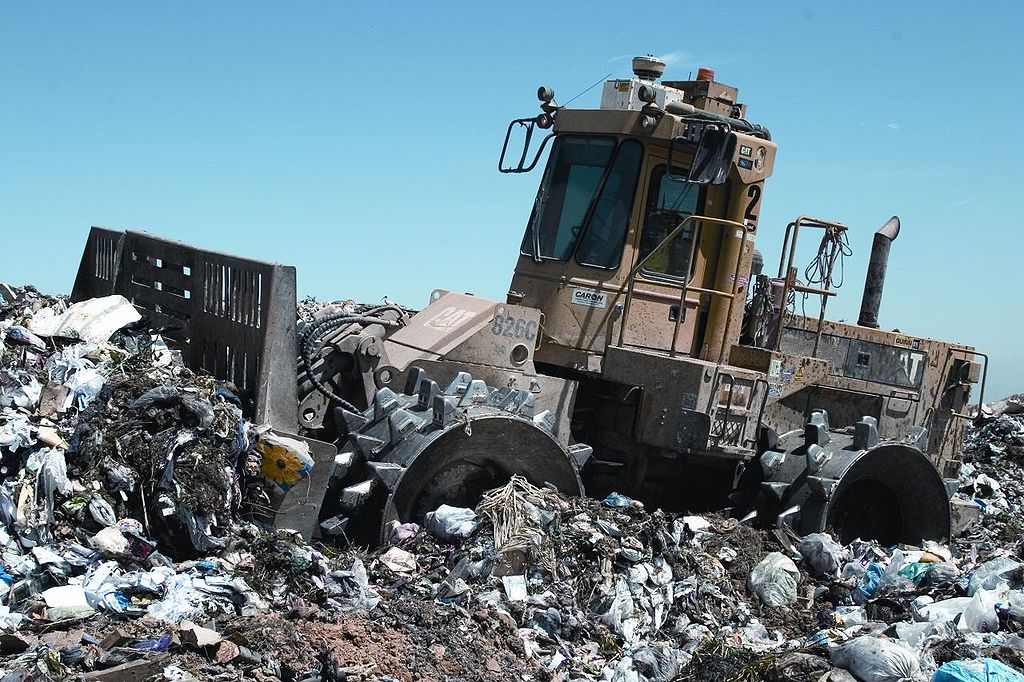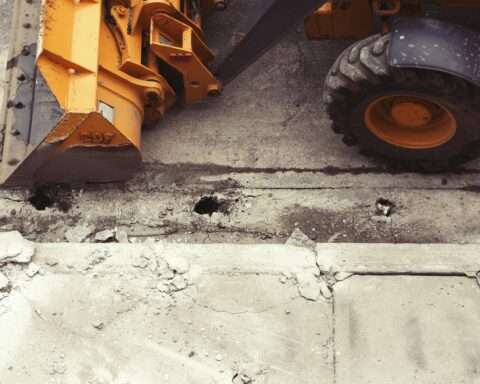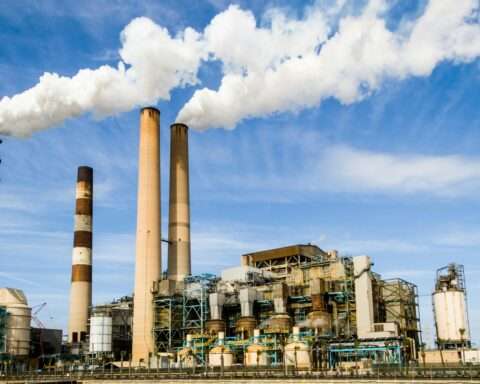The Environmental Protection Agency (EPA) has announced plans to update emissions standards for landfills in 2025, marking its latest effort to tackle climate “super pollutants.” This development, which was announced as part of a White House Super Pollutants Summit, will significantly reduce methane emissions, a greenhouse gas 80 about times more potent than carbon dioxide in the near term.
“Tackling the climate crisis requires bold action to limit methane emissions — including cleaning up the landfills that pollute the air around us and harm our public health,” U.S. Sen. Alex Padilla said in a press release.
The announcement is one piece of a broader strategy to address the threat of climate change by targeting super pollutants, including methane, hydrofluorocarbons (HFCs) and nitrous oxide. These gases, though less abundant in the atmosphere than carbon dioxide, have a disproportionate impact on global warming due to their ability in the short term to trap a greater amount of heat in the atmosphere.
Although the oil and gas sector is the leading source of methane emissions in the U.S., municipal solid waste landfills have emerged recently as an underestimated culprit for spewing gas from organic material — mainly food waste — as it decomposes. A study earlier this year of 200 landfills across the country found methane emissions were on average 40% higher than official EPA estimates. For years, advocates have pointed to a number of states with stricter rules for landfills than the federal standard, as well as new technologies to monitor methane leaks including satellites and drones.
In an announcement, the EPA said it “aims to understand how these new technologies and approaches could be incorporated,” into an update of air emissions rules, harnessing innovation to “reduce emissions from municipal solid waste landfills and to protect the environment and the health of people that live nearby.” Currently, the EPA is collecting information as it prepares to release a draft of updated rules.
Landfills were not the only source of climate pollution highlighted by the super pollutants summit.
The National Oceanic and Atmospheric Administration’s Global Monitoring Lab and United Airlines have agreed to a collaboration that will use commercial aircraft to enhance monitoring of carbon dioxide, methane, carbon monoxide, and water vapor. The agreement seeks to develop a new Commercial Aircraft Greenhouse Gas Monitoring Program within the Global Monitoring Laboratory, significantly expanding the capability to monitor these gases across flight routes.
In addition to commercial aircraft, the government is also supporting efforts to use satellites for monitoring methane. NASA is currently working in a public-private partnership with the nonprofit Carbon Mapper and research institutions to launch a satellite that will specialize in detecting large methane plumes in real time. NASA is also installing 10 monitoring systems at U.S. embassies and consulates to detect ozone pollution, helping improve the global picture of contributors to climate pollution.
Remote monitoring data — such as data gathered by satellites — is also being incorporated into the EPA’s super emitter program to reduce emissions from the oil and gas industry. With real-time data, the EPA can inform oilfield companies when a large methane leak is detected, allowing them to quickly pinpoint the source and stop it.
With the EPA’s recent commitment to update rules for landfills in 2025, policy experts are hopeful that the improved rules will take notes from the methods used in the oil and gas sector.
“Tackling methane emissions at modern landfills is a 21st century problem that requires 21st century solutions,” Riley Duren, CEO of the nonprofit Carbon Mapper, said in a press release. “By incorporating modern monitoring technologies into an updated landfill rule, operators and regulators can leverage all of the tools now available to them, including a portfolio of ground-based, aerial and satellite technologies.”
Photo courtesy of Ropable














